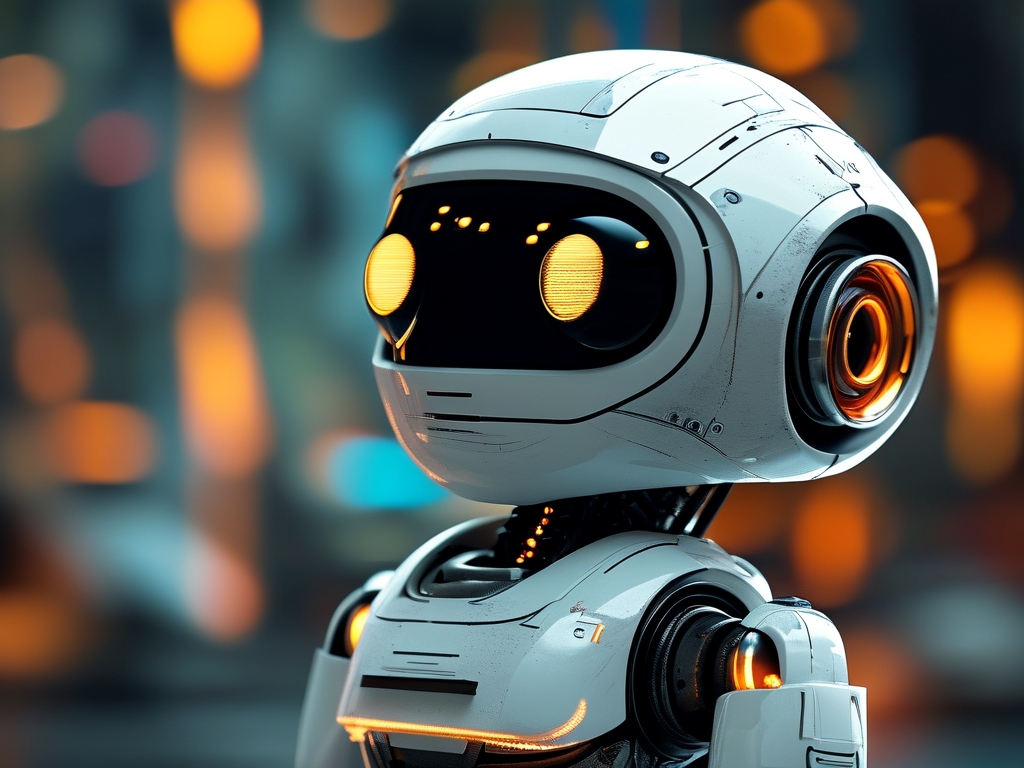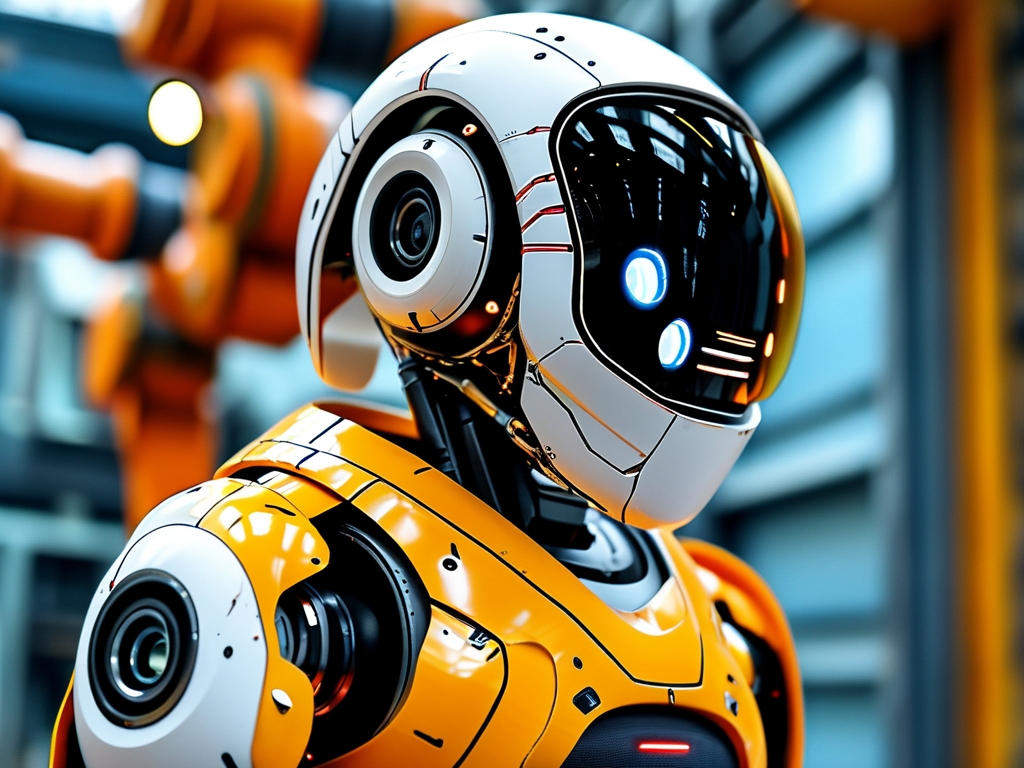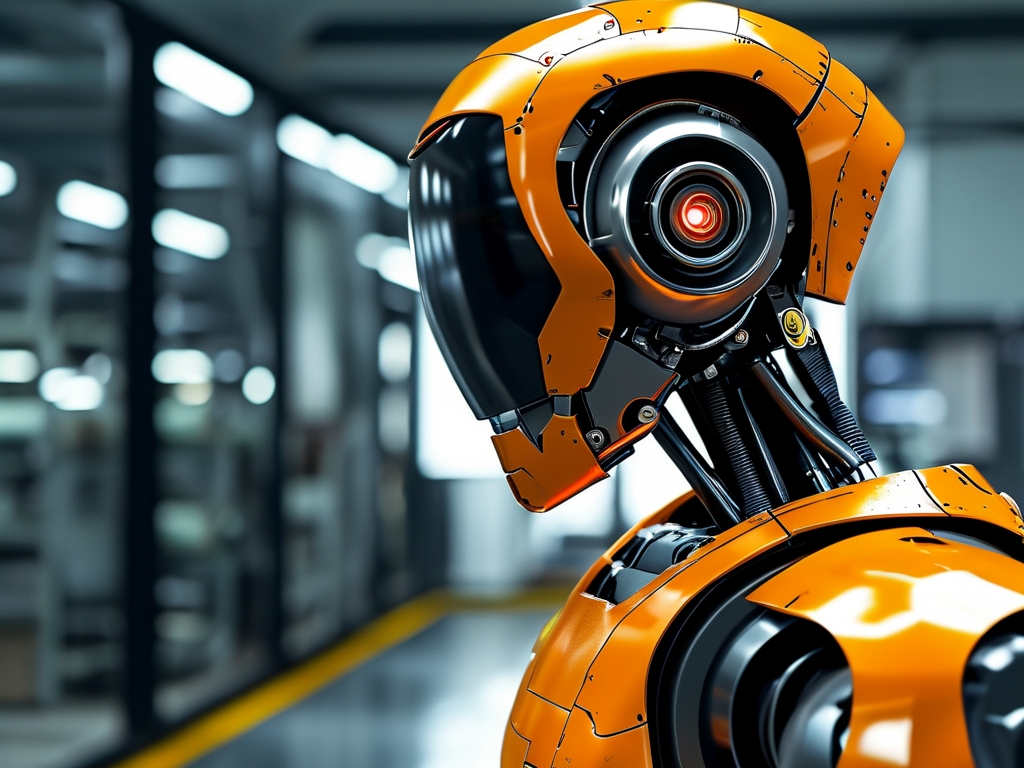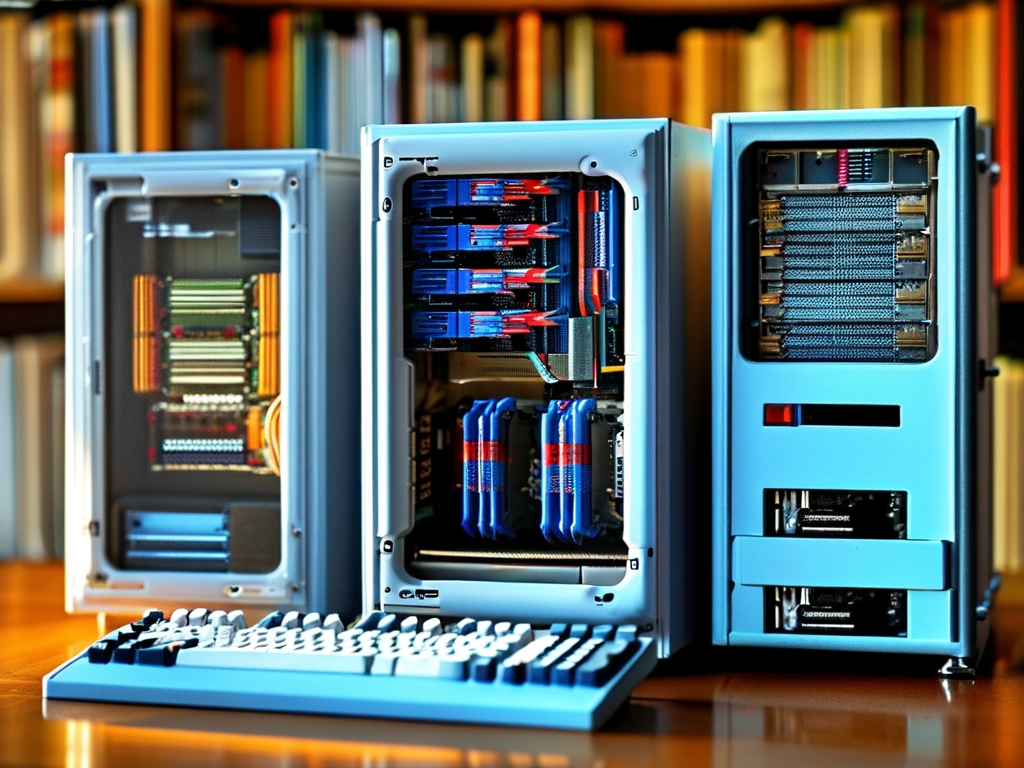Shenzhen, China’s southern metropolis, has long been celebrated as a global hub for technology and manufacturing. At the heart of this dynamic ecosystem lies a growing cohort of professionals who are shaping the future: robotic technicians. These skilled individuals are not only driving advancements in automation but also redefining industries ranging from consumer electronics to healthcare. This article explores the role of Shenzhen’s robotic technicians, their contributions to technological innovation, and the challenges they face in an era of rapid technological evolution.

The Rise of Robotic Technicians in Shenzhen
Shenzhen’s transformation from a fishing village to a tech powerhouse is a story of relentless innovation. Over the past decade, the city has become a magnet for robotics talent, fueled by its robust supply chains, entrepreneurial spirit, and government support. Robotic technicians in Shenzhen work at the intersection of hardware and software, designing, programming, and maintaining robots for diverse applications. From assembly lines in Foxconn’s factories to AI-driven service robots in hospitals, their expertise is critical to keeping Shenzhen at the forefront of global automation.
Many robotic technicians in Shenzhen begin their careers in the city’s vocational schools or specialized training programs. Institutions like Shenzhen Polytechnic and Huawei’s certification courses equip students with skills in mechatronics, machine learning, and industrial robotics. The city’s emphasis on hands-on training ensures that technicians are adept at solving real-world problems, such as optimizing production efficiency or integrating AI algorithms into robotic systems.
Daily Work and Innovations
A typical day for a Shenzhen robotic technician might involve collaborating with engineers to debug a collaborative robot (cobot) on a smart factory floor or calibrating sensors for autonomous delivery drones. Their work spans multiple industries:
- Manufacturing: Technicians program industrial robots to perform precision tasks, such as soldering microchips or assembling smartphones. Companies like DJI and BYD rely on these experts to maintain high-speed production lines.
- Healthcare: Surgical robots and disinfection drones, increasingly used in Shenzhen’s hospitals, require meticulous calibration and software updates.
- Consumer Tech: Startups deploy technicians to refine humanoid robots for education and entertainment, blending hardware finesse with AI responsiveness.
One standout innovation is the development of “swarm robotics,” where technicians program dozens of small robots to collaborate on tasks like warehouse logistics. This technology, pioneered by Shenzhen-based companies, has attracted global attention for its potential to revolutionize supply chains.
Challenges in a Fast-Paced Industry
Despite their successes, Shenzhen’s robotic technicians face significant challenges. The breakneck speed of technological change demands continuous upskilling. A technician who mastered traditional industrial robotics five years ago must now adapt to AI integration, edge computing, and quantum-resistant encryption. Moreover, global competition—particularly from robotics hubs in Japan and Germany—pushes technicians to innovate faster while maintaining cost efficiency.
Another issue is the ethical implications of automation. As robots replace manual jobs, technicians grapple with balancing productivity gains and societal impact. Some advocate for “human-robot collaboration” models, where robots handle repetitive tasks while humans focus on creative problem-solving.
Government and Corporate Support
Shenzhen’s government plays a pivotal role in nurturing robotic talent. Initiatives like the “Guangdong-Hong Kong-Macao Greater Bay Area Robotics Fund” provide grants for R&D, while tax incentives attract multinational corporations to establish labs in the city. Local tech giants, including Tencent and Huawei, partner with universities to sponsor robotics competitions, fostering a culture of innovation.
Corporate training programs are equally vital. Companies like UBTECH Robotics offer in-house certifications, ensuring their technicians stay ahead of industry trends. These programs often include internships at Shenzhen’s innovation centers, where technicians work alongside AI researchers and venture capitalists.
The Global Impact of Shenzhen’s Technicians
Shenzhen’s robotic technicians are not just local heroes—they are global influencers. The city’s cost-effective robotic solutions are exported worldwide, enabling small businesses in Africa and Southeast Asia to adopt automation. During the COVID-19 pandemic, Shenzhen-developed disinfection robots were deployed in hospitals from Milan to Mumbai, showcasing the technicians’ ability to address global crises.
Furthermore, Shenzhen’s open-source robotics communities, such as the “Maker Faire Shenzhen,” encourage knowledge-sharing with international peers. Technicians frequently collaborate on projects via platforms like GitHub, bridging gaps between Chinese and Western tech ecosystems.
The Future of Robotics in Shenzhen
Looking ahead, Shenzhen’s robotic technicians are poised to lead breakthroughs in quantum robotics, brain-computer interfaces, and sustainable automation. The city’s ambitious “2025 Robotics Roadmap” aims to establish it as the world’s top robotics innovation center, with technicians at the helm.
However, success will depend on addressing systemic issues like talent retention and intellectual property protection. As more countries invest in robotics, Shenzhen must continue fostering an environment where technicians can thrive—blending creativity, technical excellence, and social responsibility.
Shenzhen’s robotic technicians embody the city’s spirit of innovation. Their work transcends technical expertise, shaping how humanity interacts with technology in the 21st century. As automation reshapes industries globally, these technicians will remain indispensable pioneers, ensuring Shenzhen’s legacy as a beacon of technological progress.





